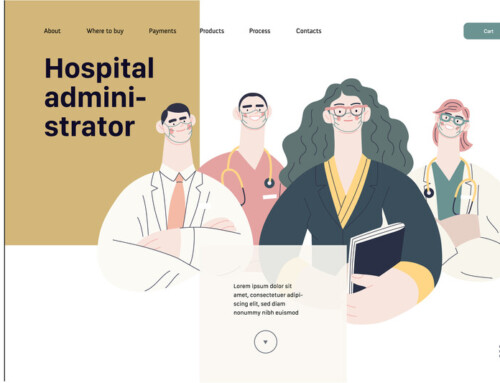 ◆Increasing number of diabetics
◆Increasing number of diabetics
According to the 2019 National Health and Nutrition Examination Survey, the percentage of people with “strongly suspected diabetes” (those who said their HbA1c was 6.5% or higher or that they were being treated for diabetes; 19.7% of men and 10.8% of women) was the highest since 2009. This is the highest percentage since 2009. Currently, it is estimated that there are about 10 million people with both diabetes and pre-diabetes, and the number is increasing.
◆Work and diabetes
Diabetes mellitus is a disease that allows people to continue to work as usual if attention is paid to its treatment, but if left untreated, it can lead to severe illness and serious complications. Continued treatment is of utmost importance.
However, of the working-age population (20-59 years old) with “strongly suspected diabetes,” approximately 40% are not receiving treatment (National Health and Nutrition Survey, 2017). The top reason cited for this is “busy at work,” and companies are expected to provide support so that treatment can continue appropriately.
◆To ensure that workers can continue their treatment
Diabetes treatment requires regular visits to the doctor, generally every two weeks to three months. A hygienic environment and privacy at the workplace are required, for example, when self-injection is required for medication therapy. In addition, although diabetes does not develop or worsen solely due to lifestyle, prejudice and misunderstanding around them may hinder treatment by making it difficult to offer necessary support. It is advisable to consider individual measures while listening to the opinions of their doctor, industrial physician, etc., and to provide appropriate information to supervisors and colleagues.





